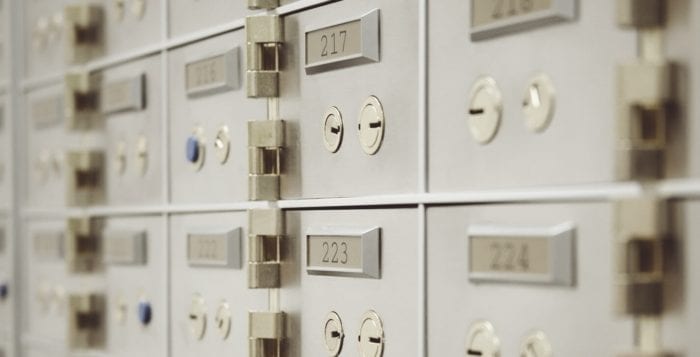By Alex Petroski & Sara-Megan Walsh
Recyclable materials have been building up at the Brookhaven Town recycling plant in Yaphank ever since China stopped accepting imports from American facilities in January, but the future of the facility is even more up in the air now.
Brookhaven Town Supervisor Ed Romaine (R) said contractor Green Stream Recycling terminated its 25-year contract to operate the Yaphank facility effective Oct. 29 citing financial woes due to market changes. The company signed the agreement with the town in 2013.
“We’re a regional facility — for them to do that it certainly isn’t going to speak well of the future of their waste management business on Long Island,” Romaine said.
The town plans to pursue legal action against the contractor for breach of contract, according to the supervisor.
Green Stream Recycling, owned by principals Joe Winters and Anthony Core, also of Hudson Baylor Brookhaven LLC, did not return a phone call requesting comment.

Romaine said the town will be putting the contract out for an emergency bid Nov. 1 for a new facility operator, and the town board will select a replacement at a Nov. 2 special meeting.
“They had three years of very good profits, and then as you know more recently there have been changes obviously in the recycling market where most of our recycling goods went,” Romaine said.
The terms of contract with Green Stream Recycling yielded $20 per ton of processed recyclables, a quarter of which went back to Brookhaven with the remaining 75 percent
redistributed to neighboring municipalities that had agreements with Brookhaven to send their recyclables to the Yaphank facility, Romaine said. The supervisor said the town hadn’t received any money from Green Stream since May, though Brookhaven has continued making payments to other municipalities.
“The Town of Brookhaven believes very strongly in the benefits that a municipal recycling program brings to our respective communities and hence the reason we continued acceptance and payment for the material received from the Town of Huntington,” Romaine wrote in an Oct. 23 letter to Huntington Supervisor Chad
Lupinacci (R).
Similar letters were also sent to Smithtown Supervisor Ed Wehrheim (R) and the other municipalities that have single-stream recycling agreements with Brookhaven.
John Clark, director of Environmental Waste Management for the Town of Huntington, said the town was previously informed Aug. 23 Brookhaven would not renew the intermunicipal agreement to accept Huntington’s collected recyclables set to expire at the end of this year. Under the terms of the agreement, Huntington received up to $15 per ton of recyclable material delivered to the Yaphank facility.
In 2017, Huntington collected and delivered more than 14,000 tons of material to the single-stream recycling plant that was processed through the intermunicipal agreement. This resulted in more than $152,000 in net revenue, according to town spokeswoman Lauren Lembo.
The town had already issued a request for proposals Oct. 18 in an attempt to find an alternative solution to start Jan. 1, 2019, which may include converting back to dual-stream recycling where residents may be held responsible for sorting their trash again.
The news of Green Stream Recycling ending its contract with Brookhaven will pose only a temporary issue for Huntington, Lembo noted.
“The Town of Brookhaven believes very strongly in the benefits that a municipal recycling program brings to our respective communities and hence the reason we continued acceptance and payment for the material received from the Town of Huntington.”
— Ed Romaine
“We are already in the process of reaching out to potential recycling vendors and other municipalities to execute a two-month agreement that would get us through the end of the year under our single-stream recycling mode,” Lembo said.
Russ Barnett, Smithtown’s environmental protection director, said the town had received a telephone call from Brookhaven Oct. 19 to immediately cease sending recyclables to Brookhaven’s Yaphank facility. Smithtown’s town board plans to issue an emergency request for proposals at its Oct. 25 meeting seeking a new contractor to cart and process its residents’ recyclables, according to spokeswoman Nicole Garguilo. It’s unclear what if any impact this may have on Smithtown’s tentative 2019 budget.
“Residents should continue doing what they are doing right now,” Barnett said. “We’re not asking residents to make any changes.”
Smithtown Town plans to temporarily store all collected materials at its Municipal Services Facility on Old Northport Road in Kings Park until a new carter is found. A new recyclable operator could mean a move back to dual-stream recycling.
“We’ve got a broad solicitation out there to identify what our options might be,” Barnett said. “Whether we will be offered services as an unsorted single-stream recyclables for sorting and purification elsewhere, or whether or not people might propose that prior sorting [by residents] needs to be done.”
A spokesperson for the New York State Department of Environmental Conservation said in a statement the agency is working with Brookhaven and the other towns impacted to develop solutions that will allow for processing of existing materials at the site and long-term solutions to continue recycling in the region, as well as working with industry stakeholders to solve the problem of drying up markets for the recycled material.

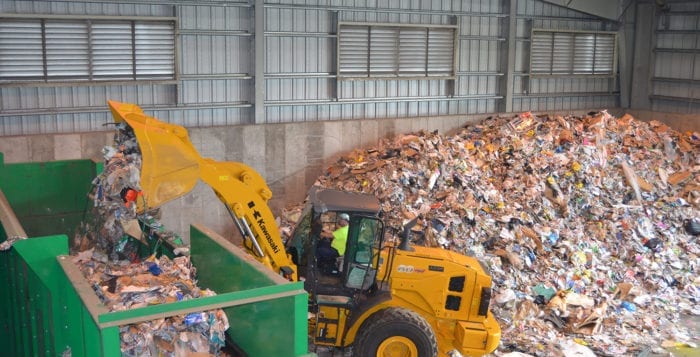
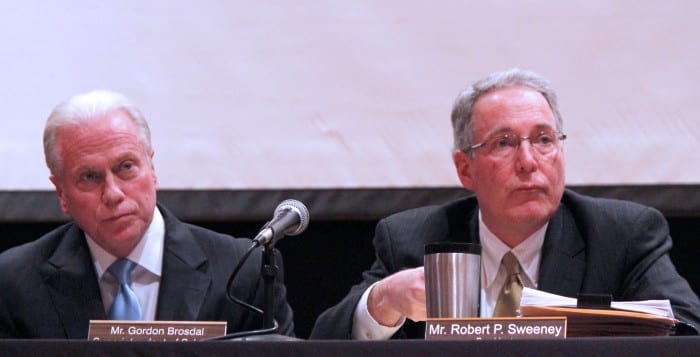
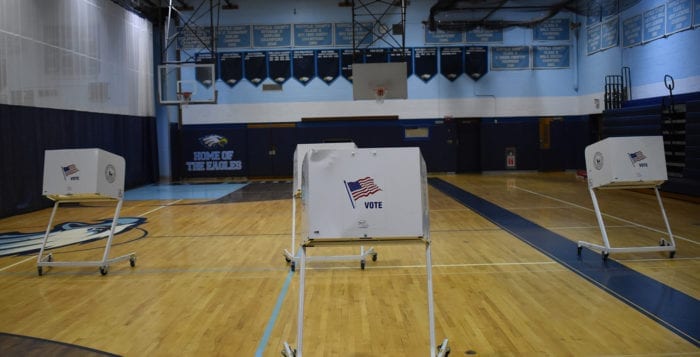

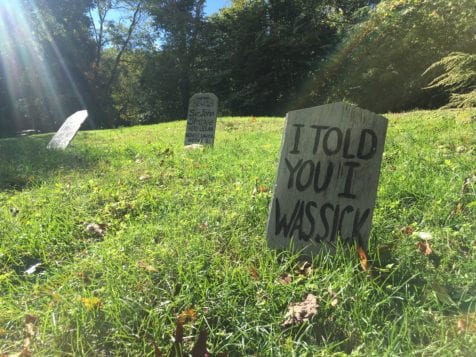

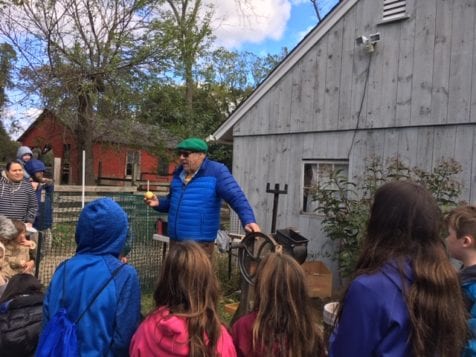



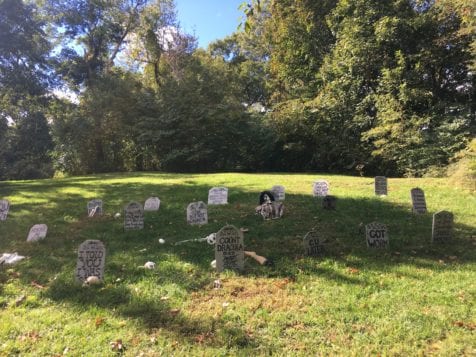

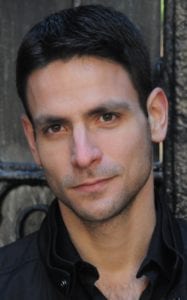
 This story is about a 10-year-old girl who loses her father to a heart attack. She learns that at night, she can travel to the afterlife, so she decides to try to bring him back. But traveling to the afterlife can be very scary and even dangerous. Along the way, she encounters people in the afterlife from a variety of different backgrounds and points in history that support her. I don’t have a dramatic personal story that inspired the book. If you look at a lot of children’s literature, the main character is either alone or has lost one parent, and that sets them off on an adventure.
This story is about a 10-year-old girl who loses her father to a heart attack. She learns that at night, she can travel to the afterlife, so she decides to try to bring him back. But traveling to the afterlife can be very scary and even dangerous. Along the way, she encounters people in the afterlife from a variety of different backgrounds and points in history that support her. I don’t have a dramatic personal story that inspired the book. If you look at a lot of children’s literature, the main character is either alone or has lost one parent, and that sets them off on an adventure.
 Topics of discussion include Pelletreau’s Life and Legacy, Pelletreau’s Larger World, American Craftsmen of the 18th Century and Pelletreau’s work in general from an artist’s point of view. There will be a Q&A session after the program, giving audience members the opportunity to ask specific questions of the presenters.
Topics of discussion include Pelletreau’s Life and Legacy, Pelletreau’s Larger World, American Craftsmen of the 18th Century and Pelletreau’s work in general from an artist’s point of view. There will be a Q&A session after the program, giving audience members the opportunity to ask specific questions of the presenters.



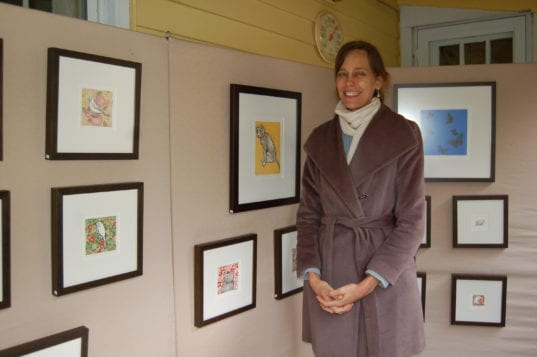

 I thought it a good time to recycle an article that is appropriate for this time of year. Here are a few tips to make sure this and every Halloween is a safe and happy one.
I thought it a good time to recycle an article that is appropriate for this time of year. Here are a few tips to make sure this and every Halloween is a safe and happy one.